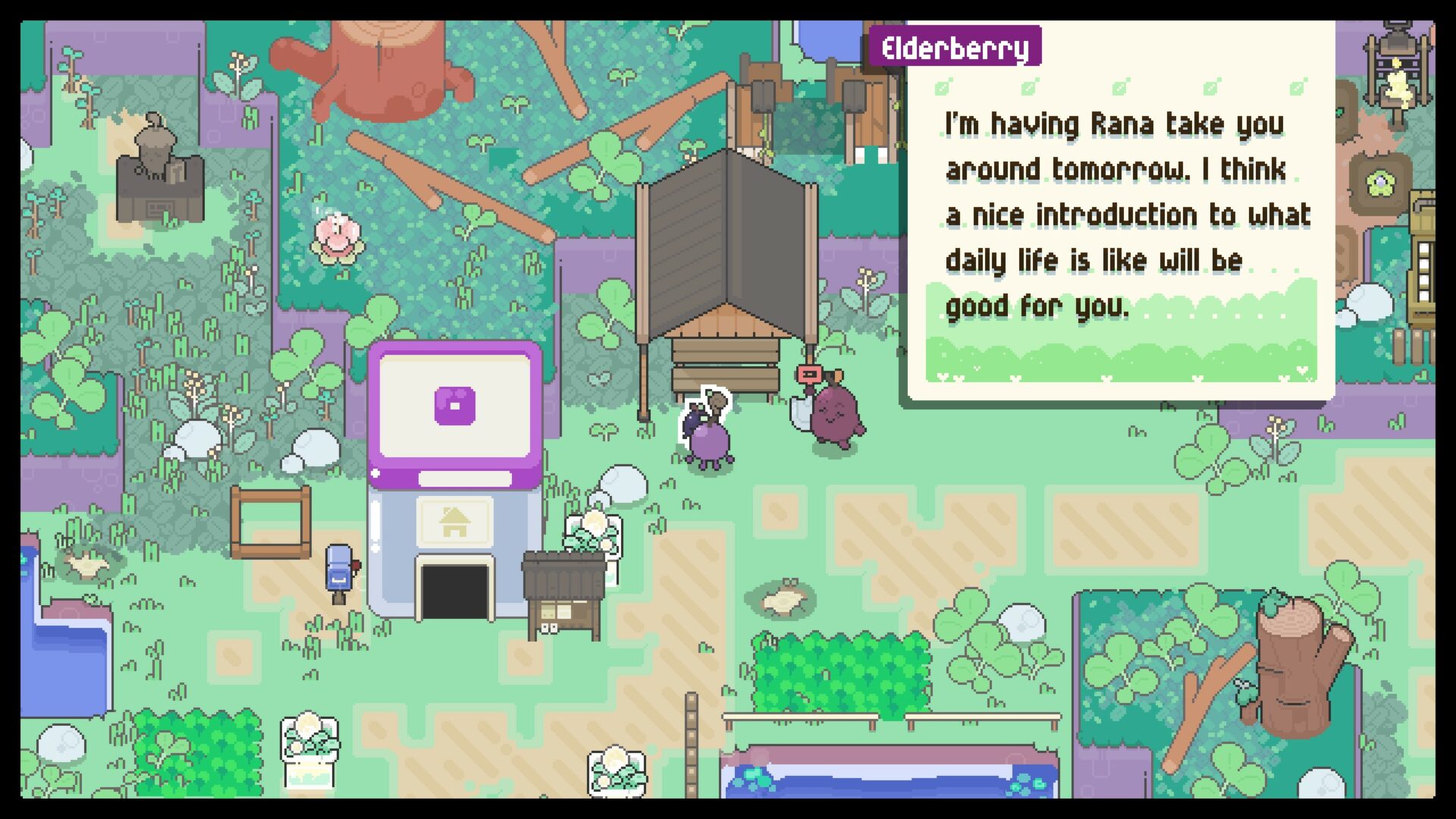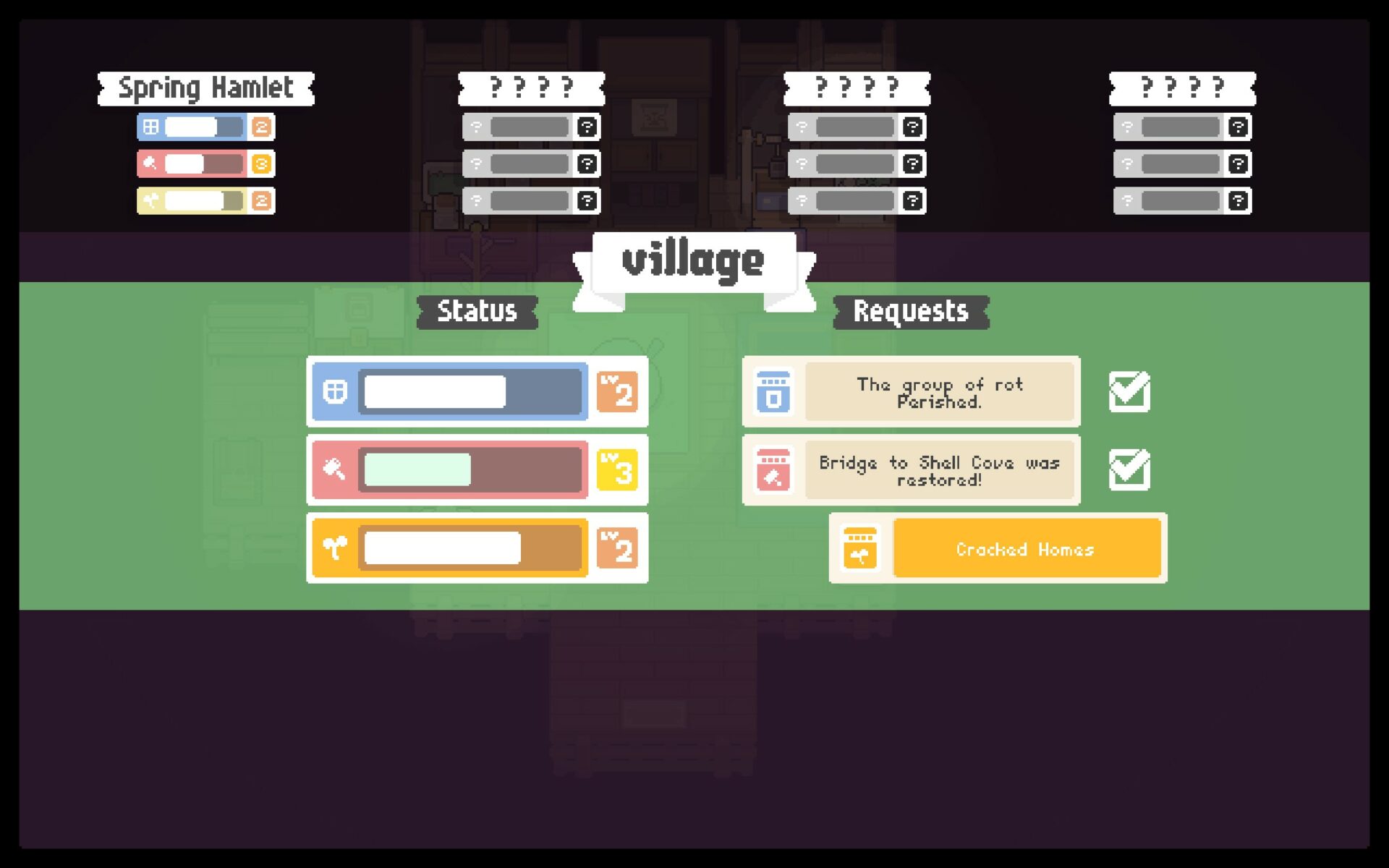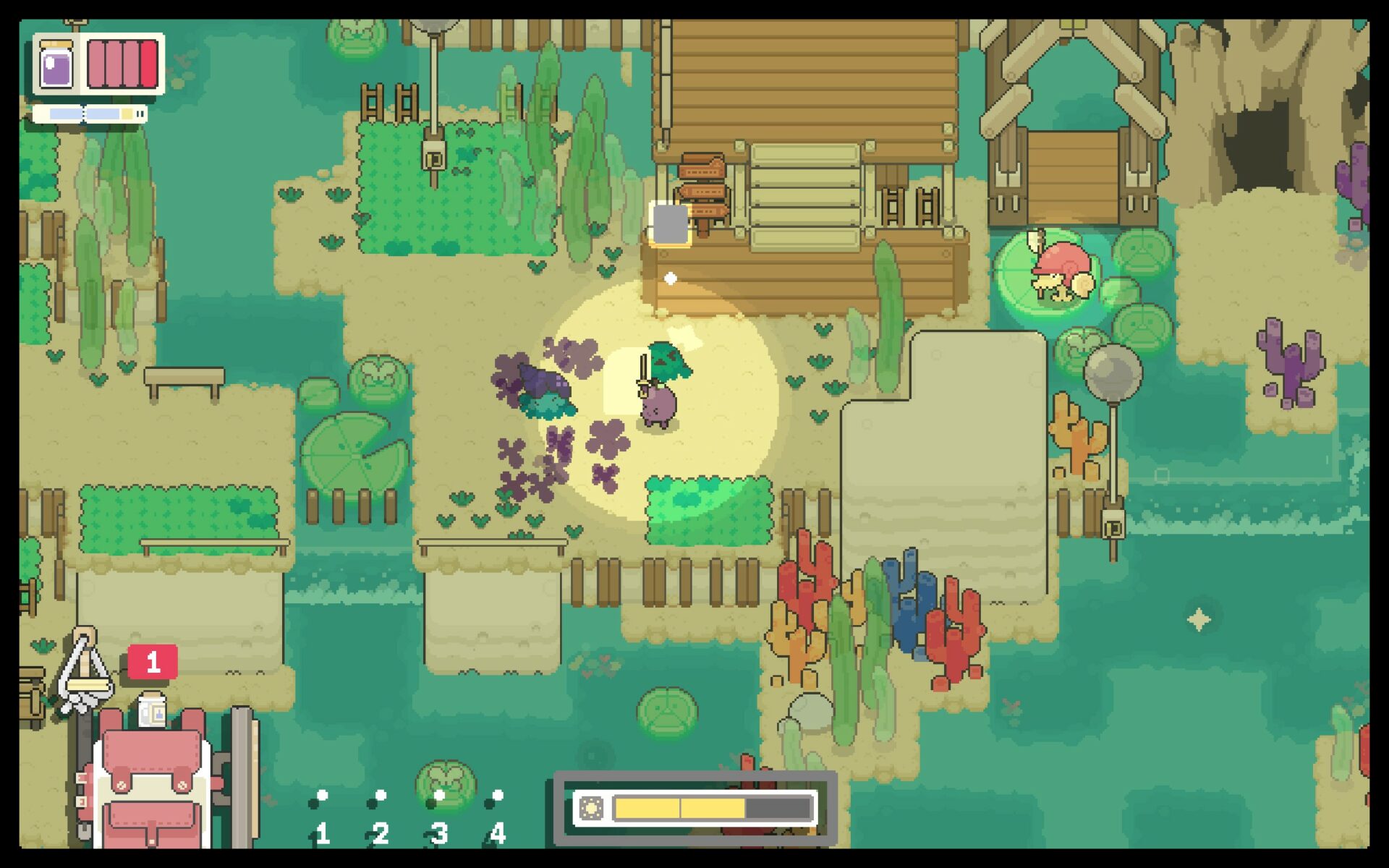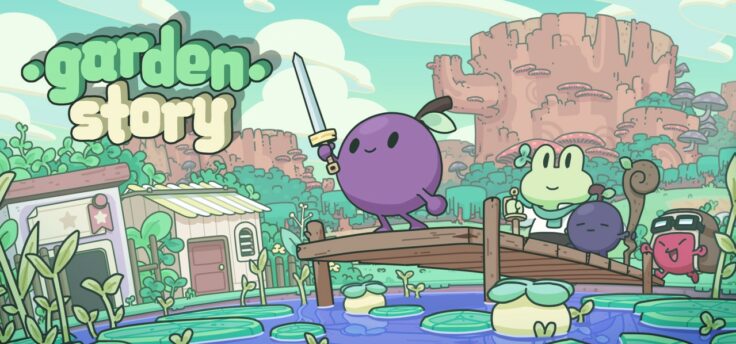Link is a grape
Type: Single-player
Genre: Adventure
Developer: Rose City Games
Publisher:Rose City Games
Release date: 11 Aug, 2021


Overview
For some reason, adventure games in the style of Zelda never clicked with me: I have been trying to finish a Zelda game for years, but I simply abandon them after the first one or two hours: I simply stop playing and don’t pick them up anymore. Like a lot of other players, I noticed Garden Story because of some apparent similarities with Stardew Valley, even if it is a completely different game. Don’t get me wrong, the two games have some aspects in common, but the core of the game is completely different: for starters, you’re a grape. Then we can also say that, instead of managing a farm, you are instead the guardian of a village in the Grove, where some animals and different fruits coexist peacefully. But a sneaky evil is damaging the Grove: you will have to protect your friends against the emerging menace of the Rot and, in the meanwhile, fish and grow a library while you’re at it!
What Is Garden Story about?
Garden Story can be a pretty confusing game at first: watching the screenshots and reading the description in the Steam Store page could mistake someone into thinking that this title is something on the lines of Stardew Valley. While the two games surely have some mechanics in common, Garden Story is instead way more similar to an adventure game to the likes of the older Zelda titles than it is to a management one. While you will travel in the same areas a lot, throughout the story you’ll be able to move to other villages and you will fight a lot, whereas the completion of objectives like the library and farming will be fun activities that will always be in the background.

The Duties of a Guardian
As guardian of Spring Hamlet, you’ll have to listen to the request of the villagers and work towards fulfilling them: each day you will find new requests on a notice board. These are made by the villagers and divided into three different sections: Maintenance, Forage and Conflict. Completing these tasks each day gives experience to the respective category of the village where we complete it, while a failure to fulfil them before the end of the day means that the village won’t level up and a short sentence will describe the consequences.

While this is a fine distraction from the not very active villages (especially at the start of the game), the requests become repetitive in the matter of a couple of days. At the third or fourth day, the probability of finding a request you already completed the days before is really high and, after something like 8-9 days you will remember them all by heart. Why? Because they not only are really simple activities, on the lines of “Kill 7 enemies” or “Repair the bridge in this portion of the map”, but they usually take very little time to complete and there are simply not enough of them. The ones where you fight are simply not challenging at all, while the ones that have some sort of puzzle linked to them never change.
Even worse, there are no real consequences for not completing a request: if I don’t destroy the rot invasion in Treepath and the game tells me that it grew stronger, why doesn’t it? I could find stronger enemies the following day, making it harder for me to use that path, but instead it’s like it has always been. The consequences of not completing a request are simply not there, besides the fact that the village is not levelling up.
Protecting the Grove
Protecting the Grove is not an easy feat: not only you have to help the villagers repair buildings and gathering resources, but you also have to protect them against the Rot! The Rot can manifest under different forms: being giant Glomps or pesky Acorns, you will have to know your way around a sword. Garden Story’s combat can be a little clunky and requires a little bit of practice at the beginning. This is due to its stamina mechanic, which is required to use the shield, attack with your sword and roll. While this is pretty standard, the initial amount of stamina is 2, which means you can only attack two times in quick succession before having to recover. Luckily, you can get stronger by using memories, which grant different bonuses and can be changed at the start of the day, or breaking some special orbs that you can find around the world.

Usually, after a few days of completed requests the story advances, opening up a dungeon that has a boss fight in the end. Each village has its own dungeon with its own big, Rot monster in the end: boss fights are more on the easier side, but some situations can prove challenging and personally I died to each boss at least once. Once you remember their (rather simple) attack patterns, though, these big monsters can be easily beaten without getting you stuck. Beating these fights means that you will be ready to move to the next village, for a total of four: Spring Hamlet, Summer Bar, Autumn Town and Winter Glade!
Verdict
In the end, I finished up enjoying Garden Story despite its faults. The colourful graphics, the cute characters and the vibrant world have bested the repetition of the daily tasks and the initial clunkiness of the combat. If you’re interested but not completely sold, I would suggest to get this title on a discount.










